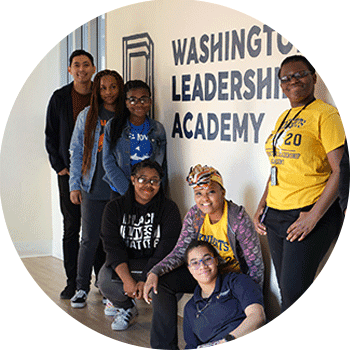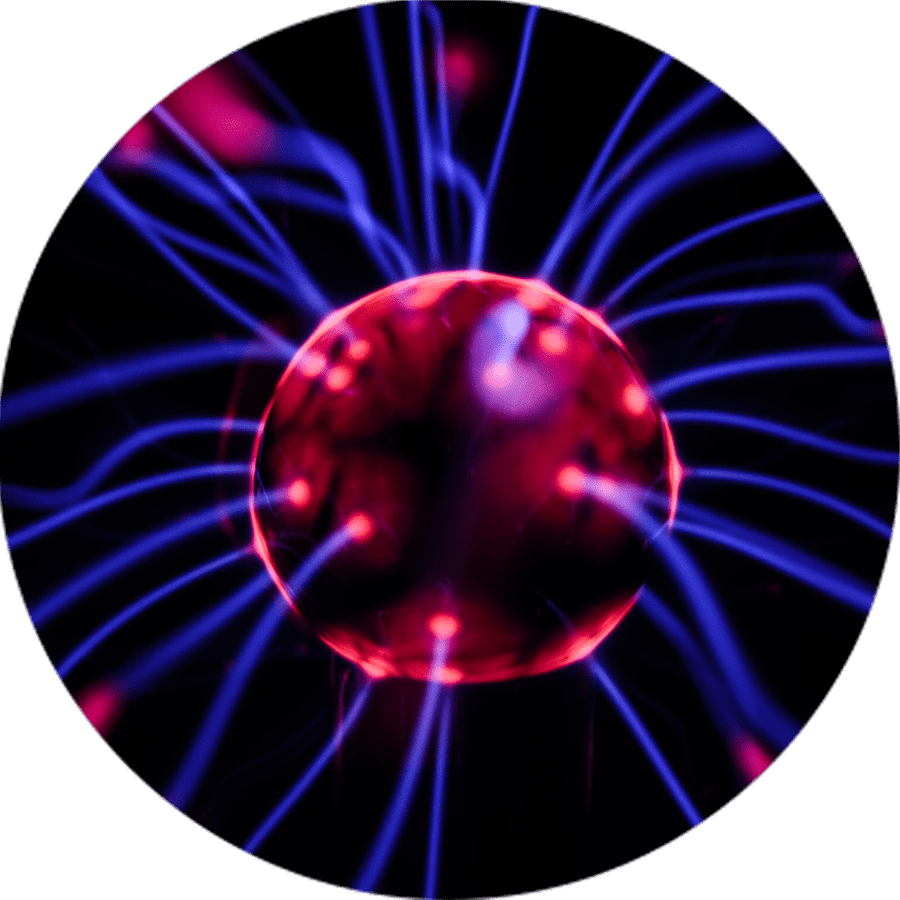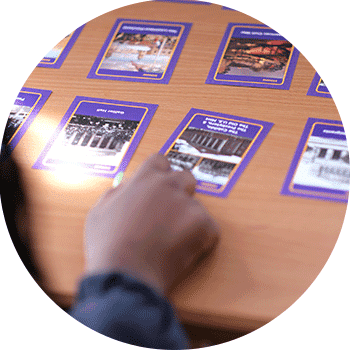Synthesize
Throughout this module, you and your team have discussed why adolescence is a critical time for brain development, how to help students cultivate a growth mindset, and why students need to develop a foundation of knowledge and skills on which to build further learning. Here’s a look at how other high school design or redesign teams have grappled with some of these same issues.
Now it’s time for you and your team to step back and reflect.
Step 1 – Summarize Your Work
Based on your research and discussions, what are your top insights about how young people learn—the insights you’re most passionate about incorporating into your school design? Working with your team, summarize your conclusions.
Step 2 – Share Your Vision
- List your top insights about how young people learn and the implications for high school education.
- What’s your plan for further research and action?
- What additional questions do you want to explore? Who else do you want to talk to—educators, youth development experts, psychologists? People who’ve implemented competency-based learning strategies?
- What organizations, schools, or programs would you like to visit?
- What school design ideas emerged from your work?
More Resources on This Topic
![students standing]() The Promise of Adolescence
The Promise of AdolescenceHow can our new understanding of adolescent development turn missed opportunities into a foundation for learning? This 2019 report from the National Academy of Sciences offers answers.
Read![a static electricity sphere]() The Science of Adolescent Learning
The Science of Adolescent LearningThe Alliance for Excellent Education offers an extensive library of resources on the science of adolescent learning, from podcasts and webinars to reports and infographics.
Explore![a teacher explaining information]() The Uncomfortable Effort of Thinking
The Uncomfortable Effort of ThinkingHow the brain works, how we learn, and why we sometimes make stupid mistakes, from Veritasium.
Watch![a spiral notebook]() Understanding the Teen Brain
Understanding the Teen BrainTime magazine delves into the latest research on adolescent brain development, including studies that show IQ can change dramatically during the teenage years.
Read![a student smiling]() Revisiting the Growth Mindset
Revisiting the Growth MindsetHow can educators help students develop a growth mindset? Carol Dweck explains what works best and how to avoid common mistakes.
Read![a book open to a page]() Learning Science and School Design
Learning Science and School DesignHow do we design for cognition and motivation? Transcend’s Jenn Charlot and Bror Saxberg explain why educators should never ignore learning science.
Read![student smiling]() Inventing Ourselves
Inventing OurselvesNeuroscientist Sarah-Jane Blakemore gives a deep-dive presentation based on her 2018 book, "Inventing Ourselves: The Secret Life of the Teenage Brain."
Watch![student using teaching cards]() Five Ways We Misunderstand
Five Ways We MisunderstandUnexpected insights from brain science can help us rise above negative stereotypes about young people.
Read








